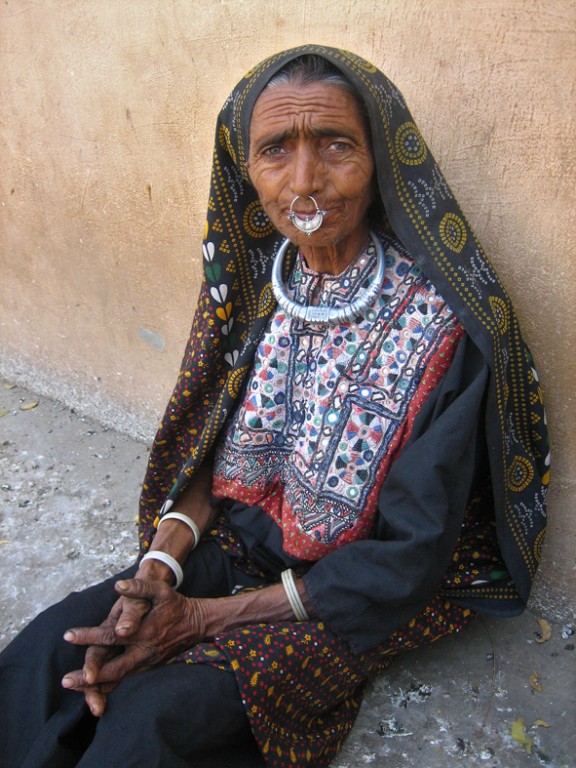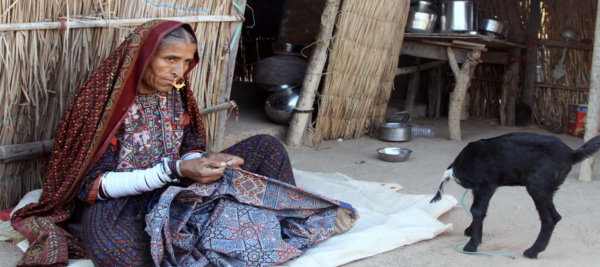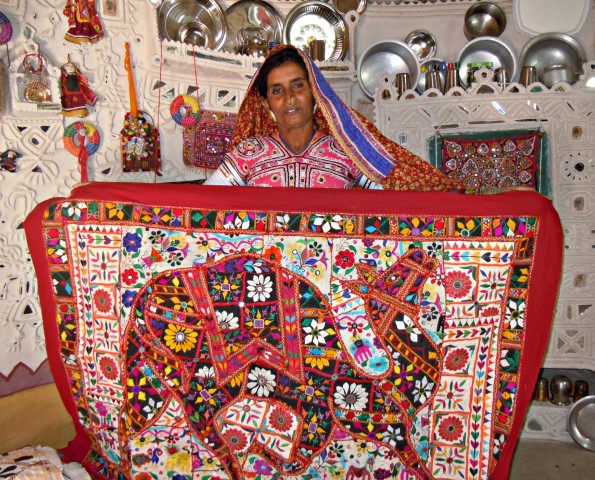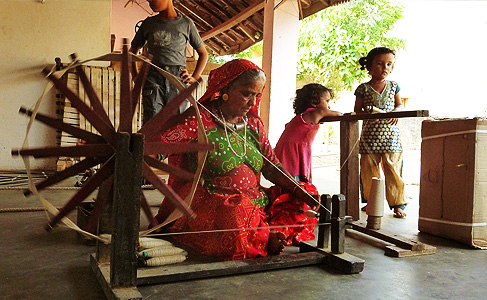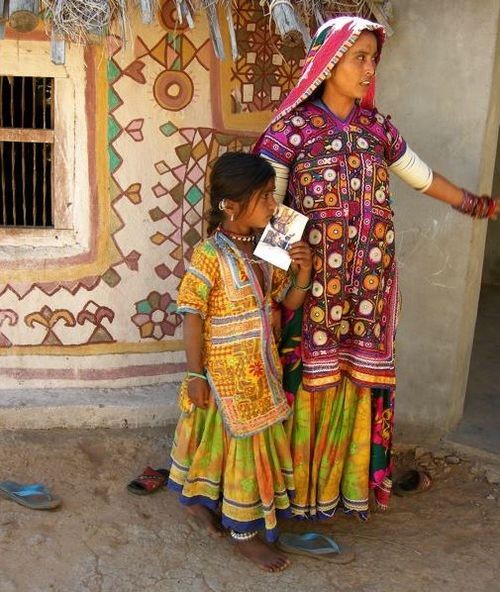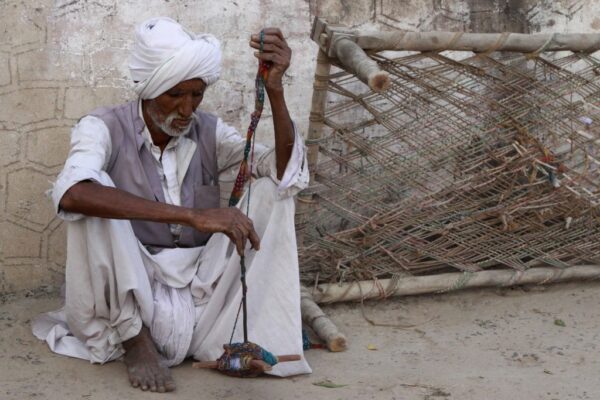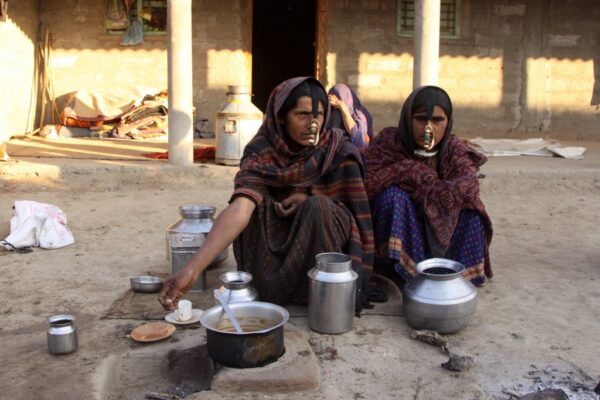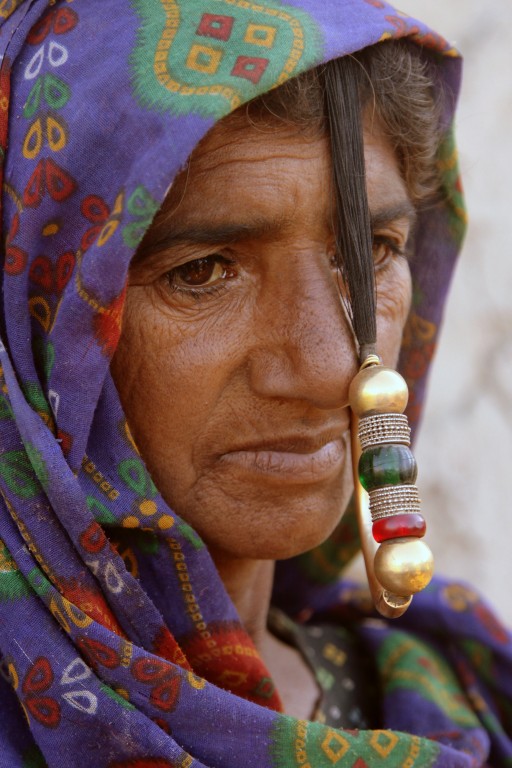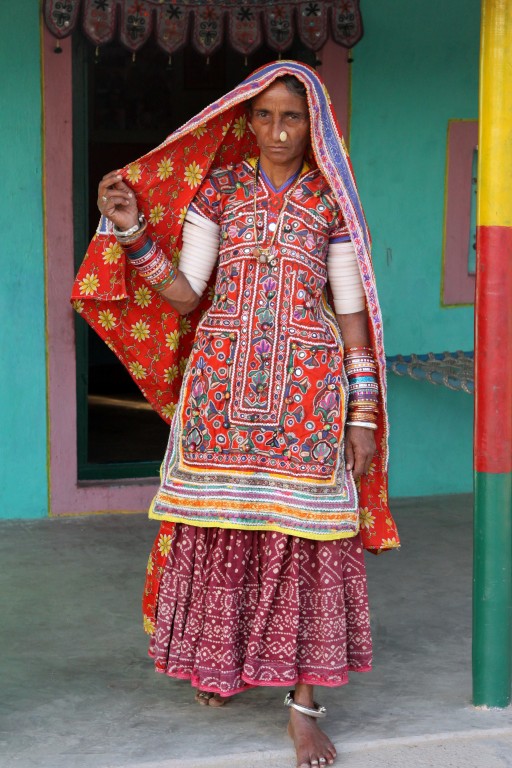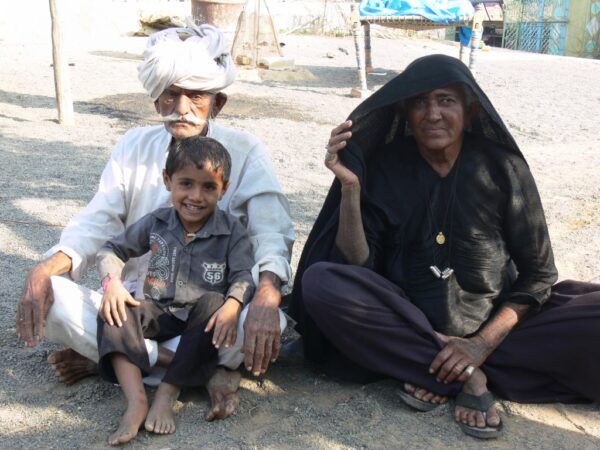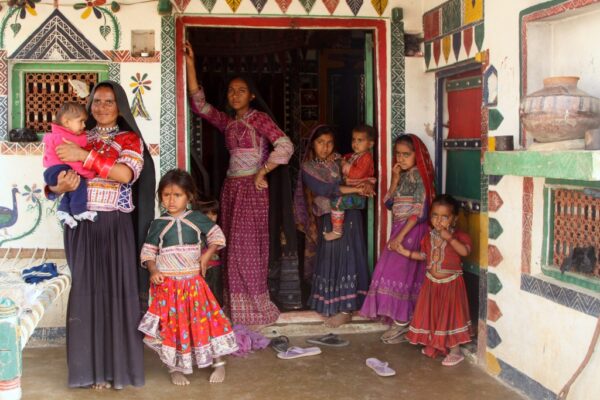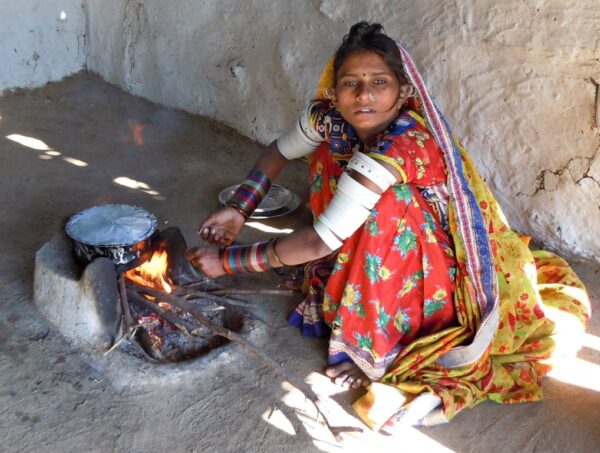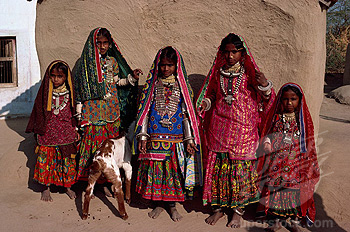Celebrate Tradition with Authentic Kutchi Art and Craft
Culturally, Kutch is very rich. A great range of ethnic communities live in the region, most maintaining traditional dress and crafts of many sorts, including weaving, dyeing, printing, bandhani (tie-dye), embroidery, leather work, pottery, woodwork, and metalwork. Originally, crafts existed integrated into local social systems. The user of the craft was intimately known. Design was an integral part of craft, as the artisan was designer, producer and marketer simultaneously. Designs evolved; innovation is critical to living art. But the changes were slow and organic.
Last few decades, these traditional crafts have undergone tremendous change. As local villagers seek cheaper mass produced functional wares, artisans are compelled to find new markets. Fortunately, sophisticated urban markets have welcomed the concept of traditional crafts. However, traditional work must adapt to the new clientele. In addition, since the market has expanded, innovations must now be faster and less subtle. While enterprising, artisans do not always have adequate information about the tastes of new markets. For a myriad of reasons including social attitudes, they do not have access to the better markets. Commercialisation in this situation has induced a downward spiral of declining quality. In efforts to revive quality, it has been recognised that new design is needed to make craft sustainable. But conventionally, this has been perceived as a need for design intervention, in the form of trained designers giving new designs to artisans. The implication is that designers have knowledge, while artisans have skills. When design, or art, is separated from craft, or labour, the artisan is essentially reduced to a labourer, reinforcing the low social status of craft. Further, most commercialised craft aims for quick, standardised and low cost replication. This emulates the factory model. The strength of hand craft, the personal, hand made quality, is forgotten. The net result is that even when artisans can earn a living by producing contemporary versions, most do not wish their children to be artisans. Surely, design input is needed for new markets. But KALA RAKSHA believes that the approach must be altered to enable the artisan to be significantly involved in both design and craft.
Contact Us


